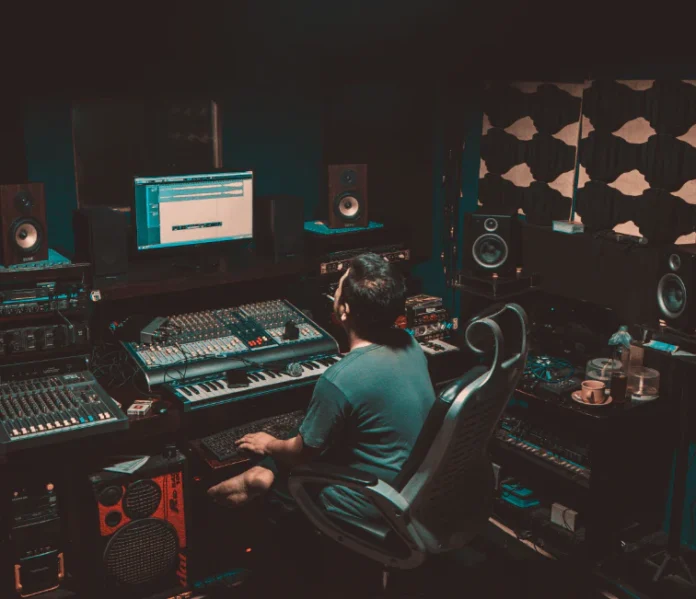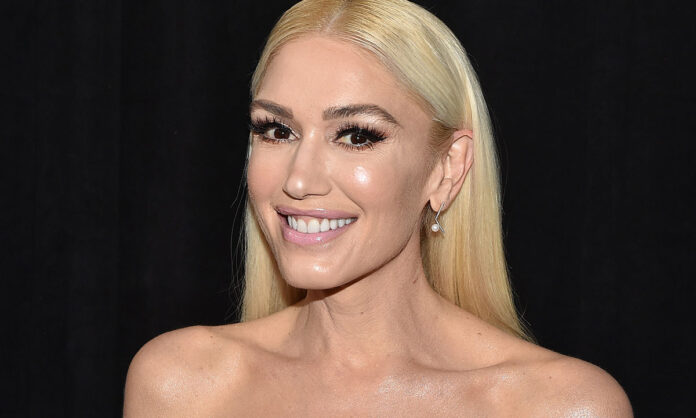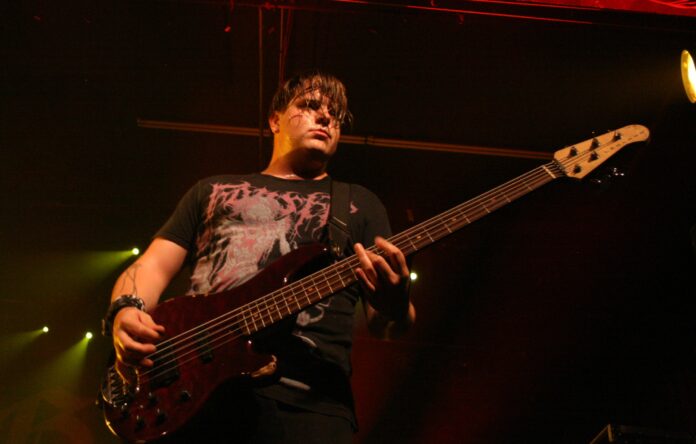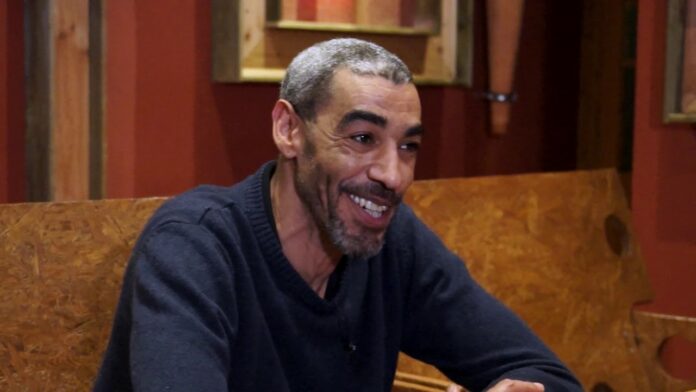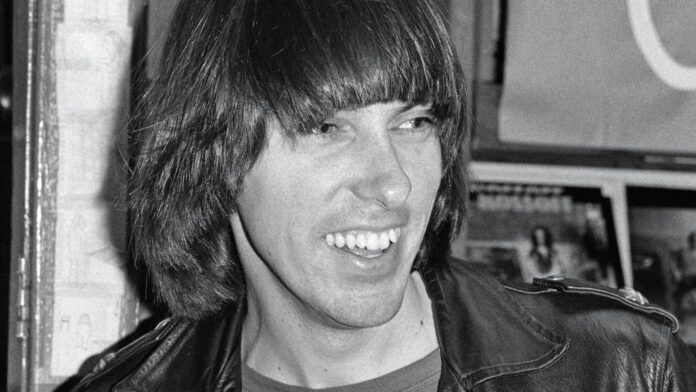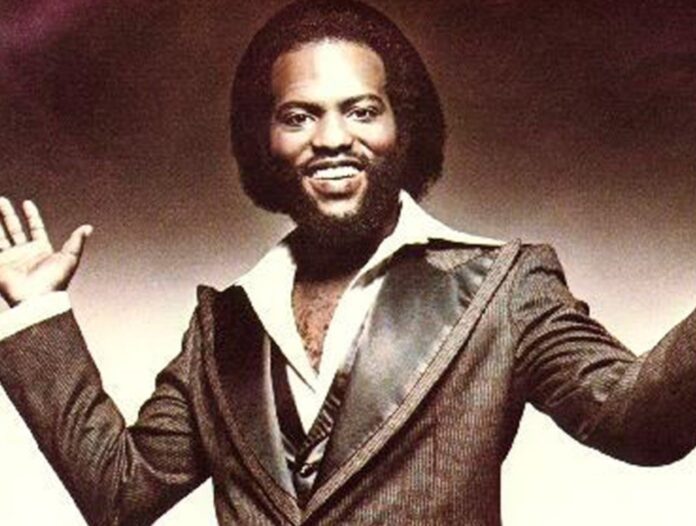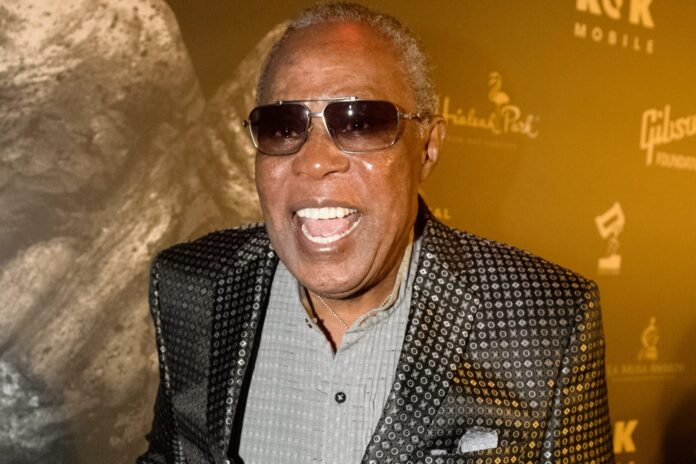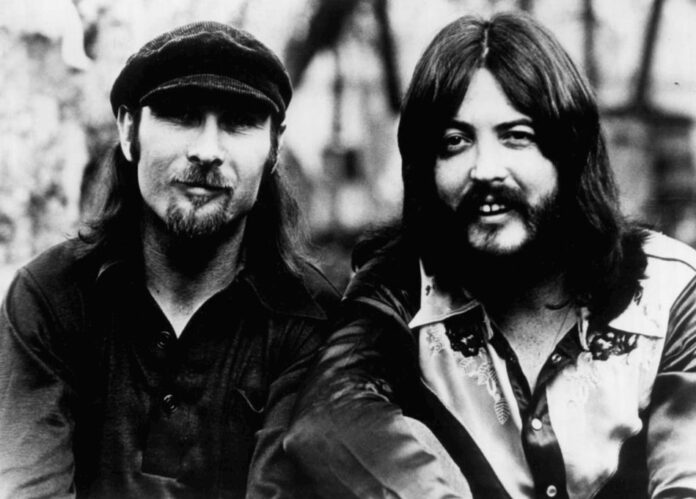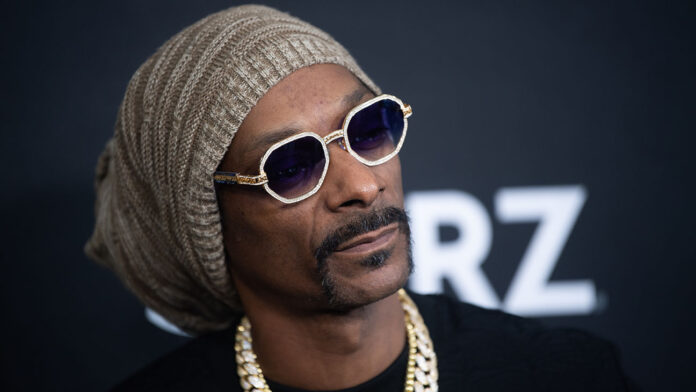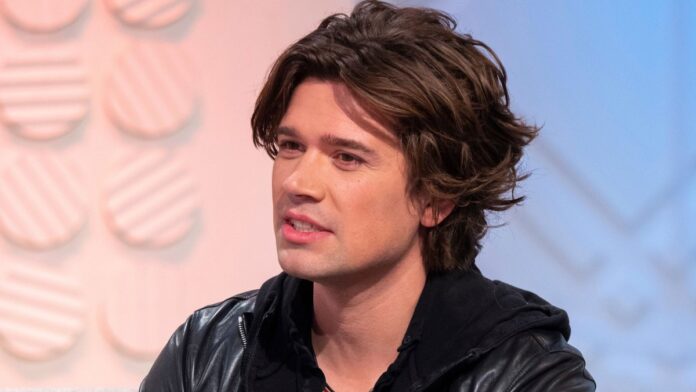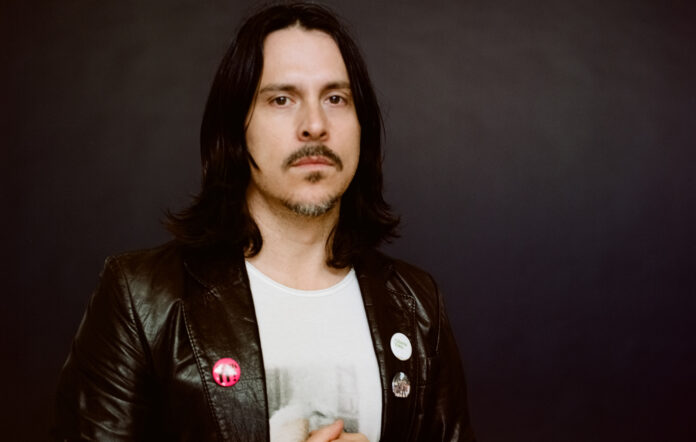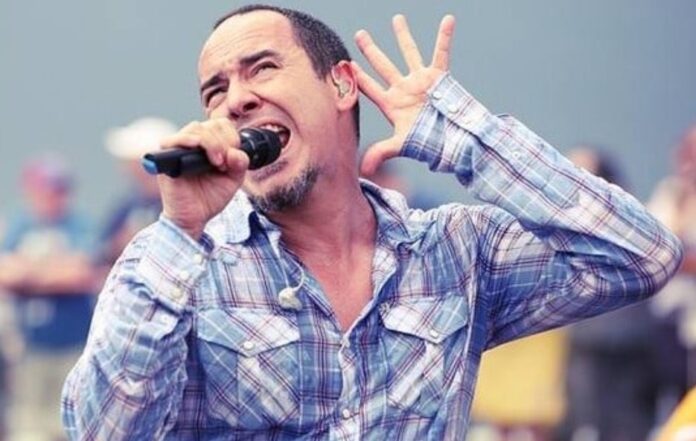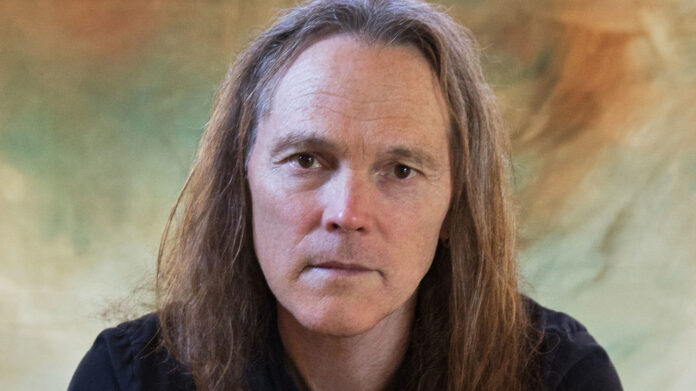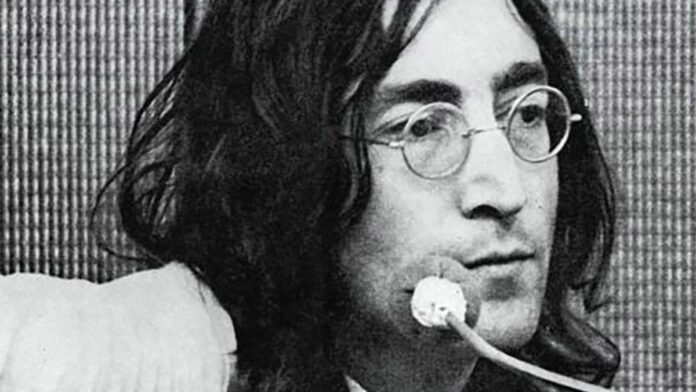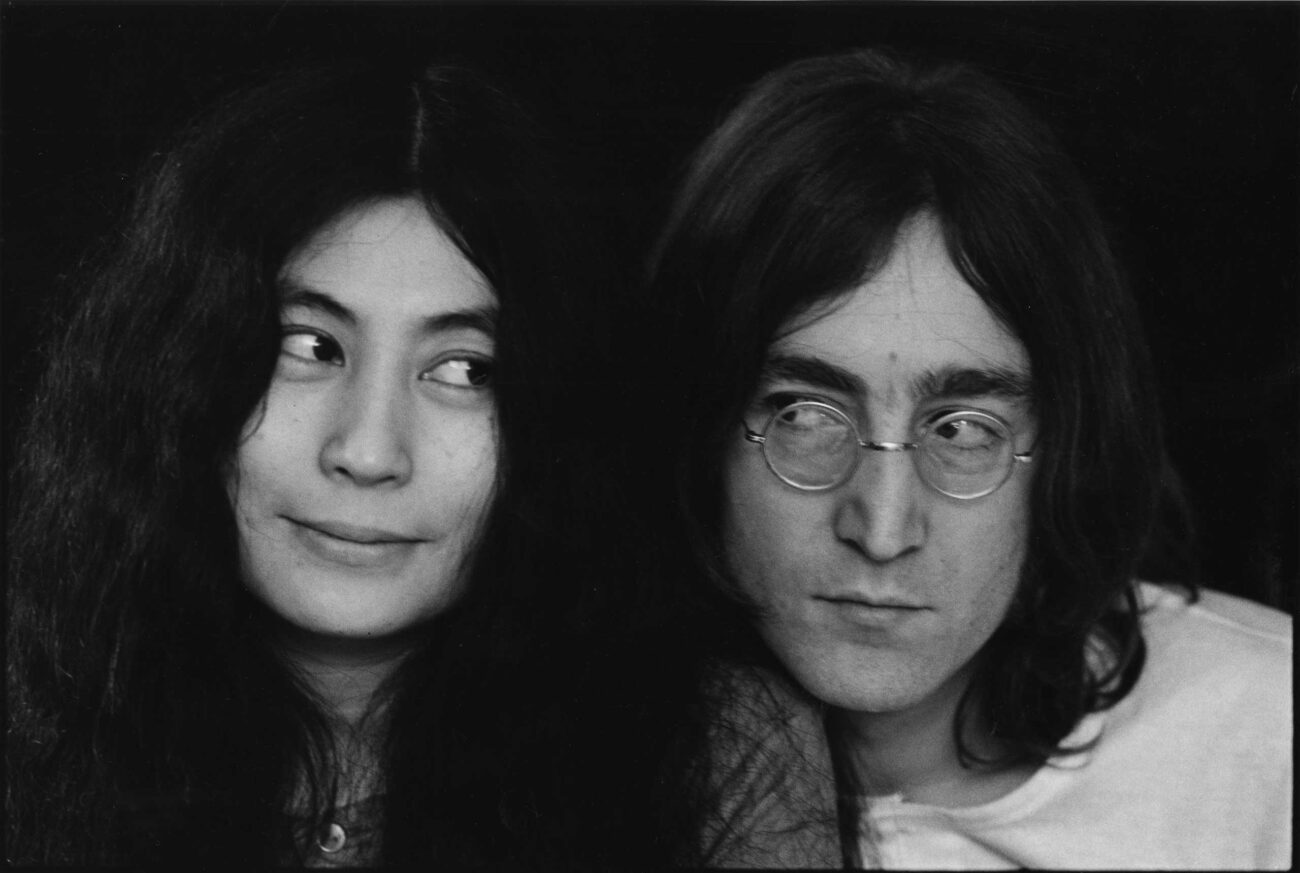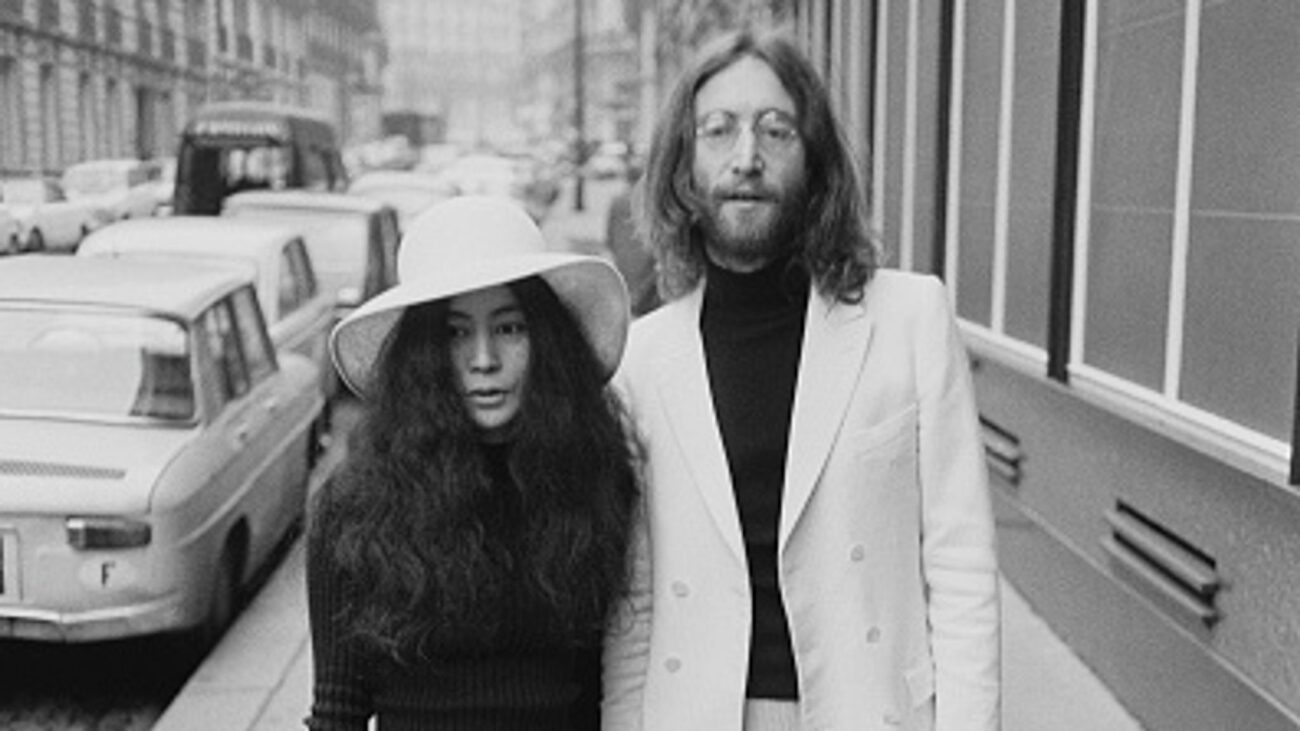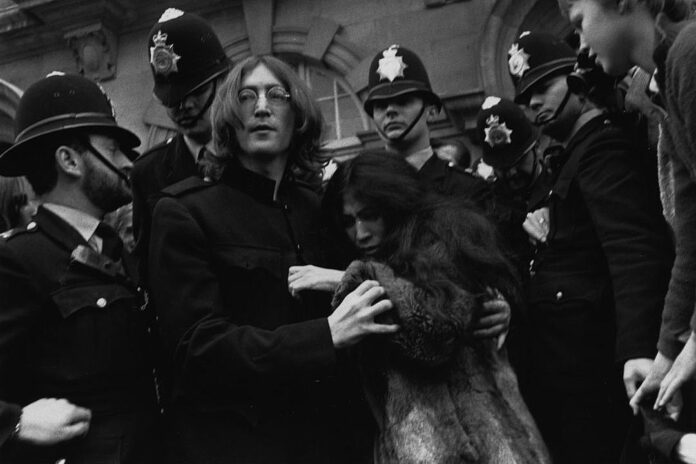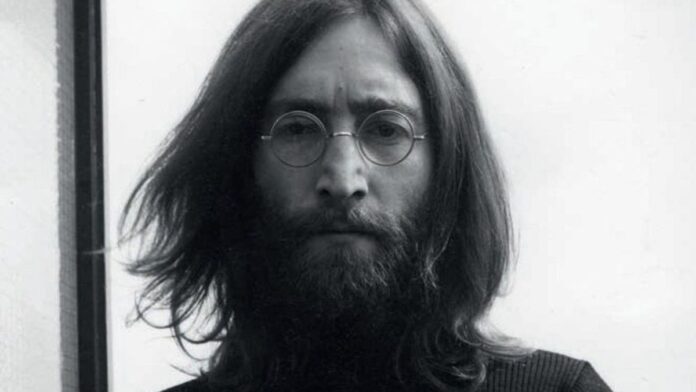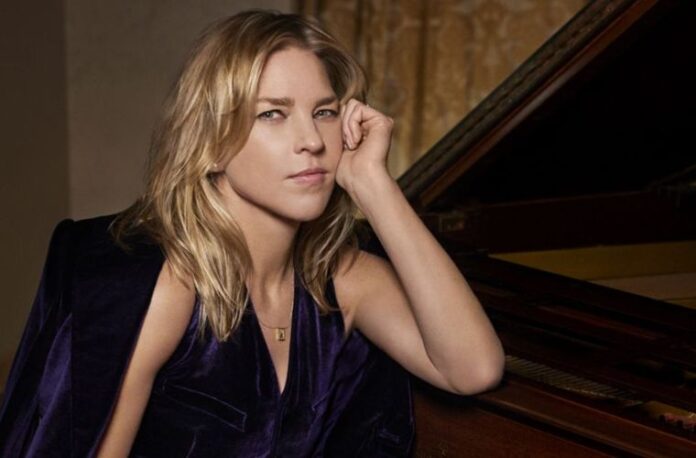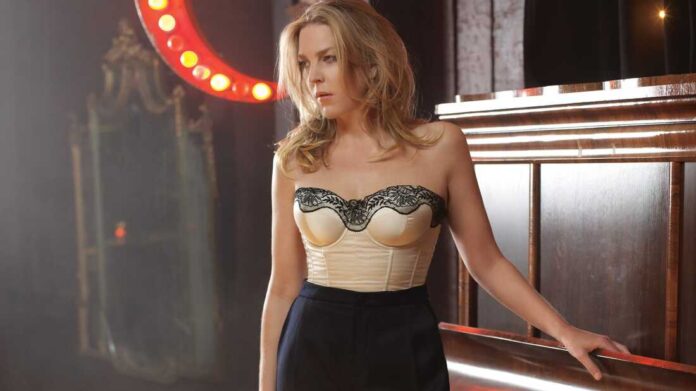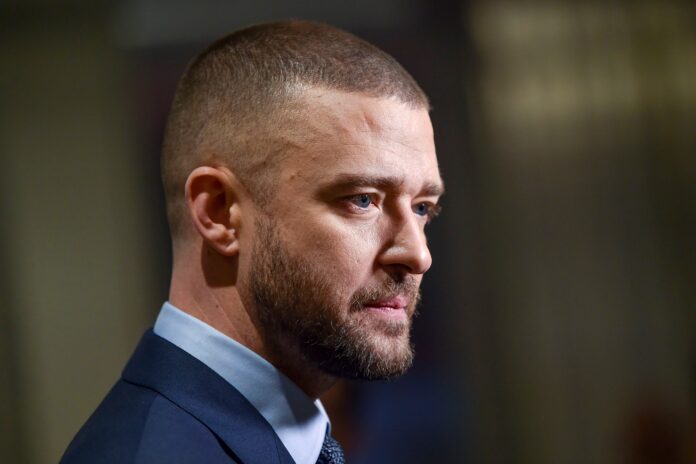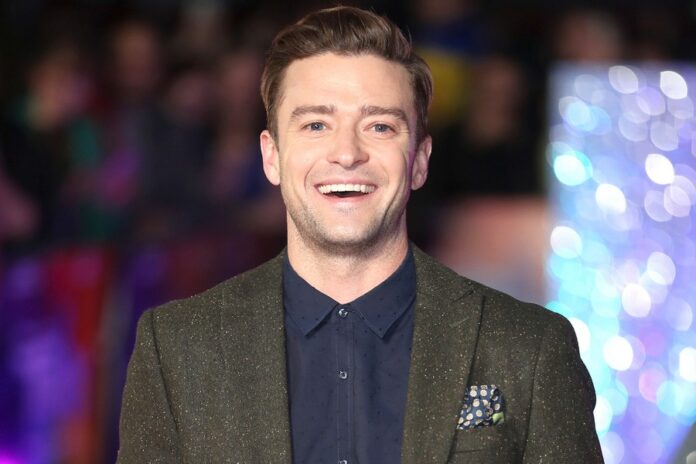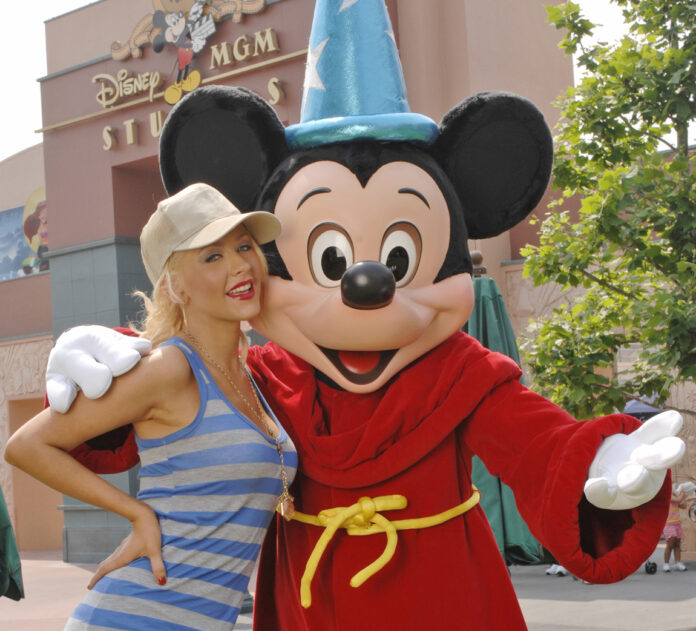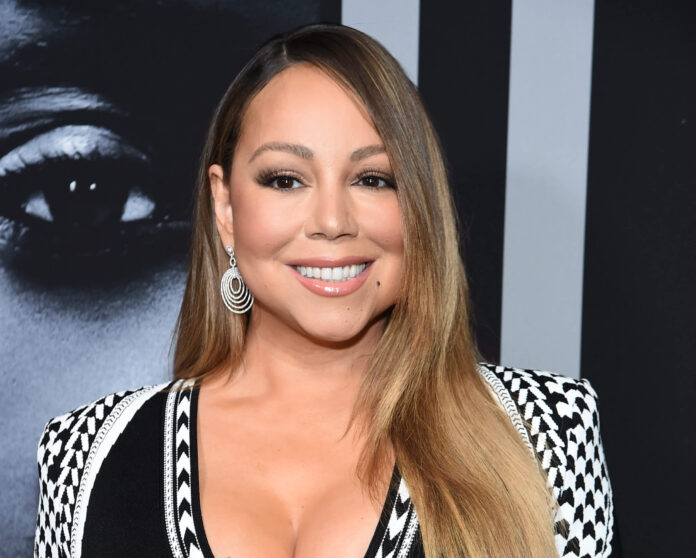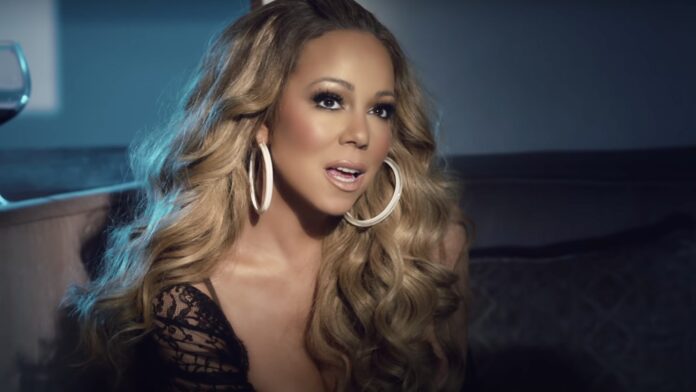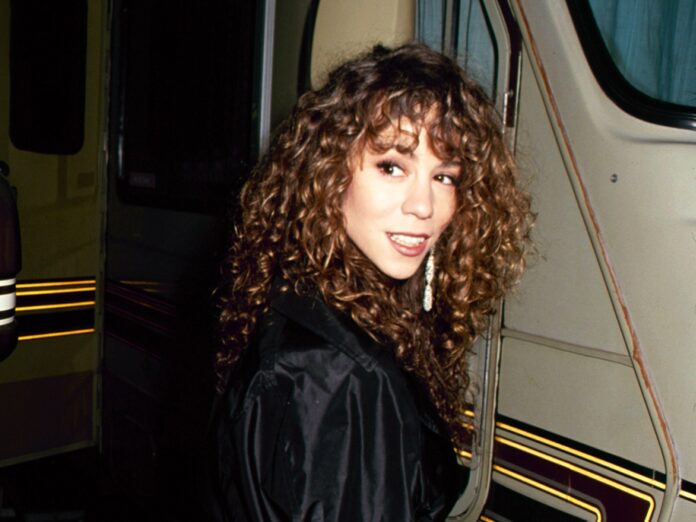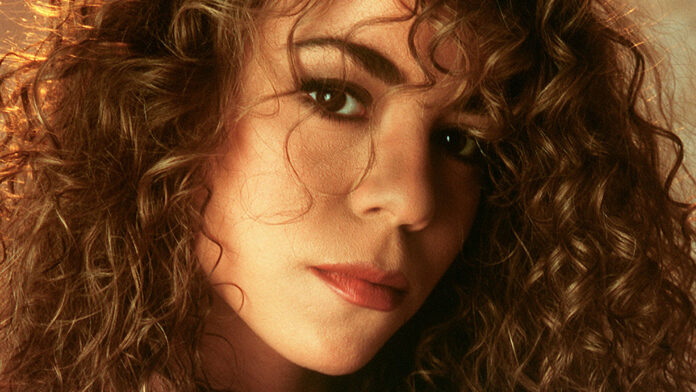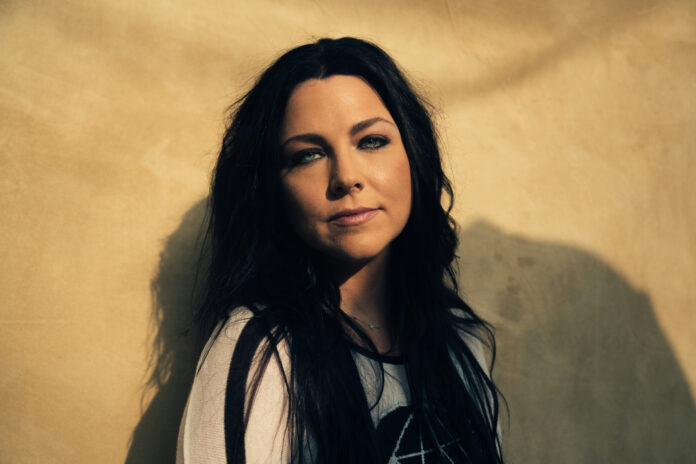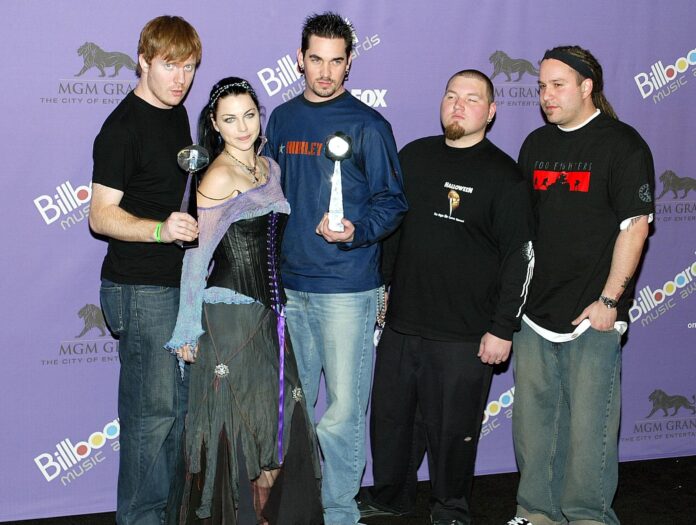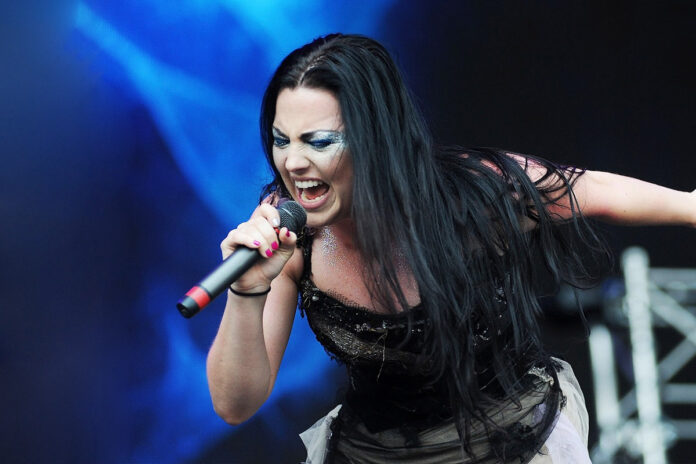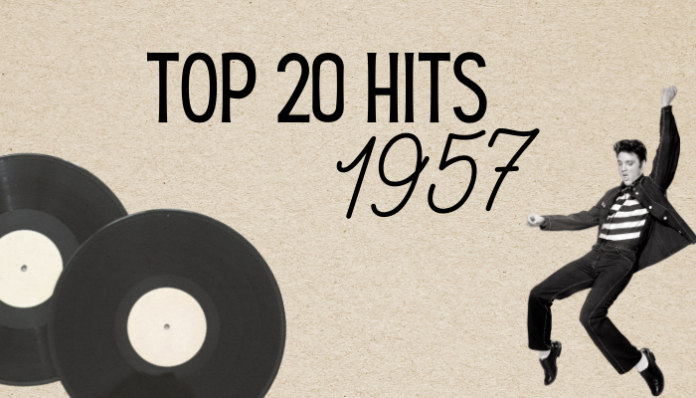Manners go a long way, regardless of whether you are home, party, at some gala event, or in a bar. Understandably, how we behave gets even more important when it is about some place where certain etiquette is a must, and many musicians often forget about these rules or guidelines when in a recording studio. That is why we will further focus on what to do and what to avoid at all costs.
Don’ts

The first thing every musician should learn is what is not appropriate to do in a music studio to have great cooperation with every member. Professional recording studios in Connecticut and other renowned studios even have a set of rules that one needs to follow regarding the etiquette and recording, mixing, and mastering details, which you can learn more about if you visit this site.
Mobile phone usage
Okay, we live in a digital era where we simply cannot imagine a day passing by without using our phones, but that shouldn’t be an issue if the goal ahead is much more important. Understandably, this is not something that is forbidden, as no one will forbid any musician to bring their phones to the recording studio, but the most important thing is to keep them silent, or even better, turned off because they can easily interrupt an important meeting or recording session.
Even setting it just to vibrate can do more harm than good, and that’s why phones should be off-limits when in a studio. Besides that, it is rude to have long conversations in front of co-workers, which is why it is always to leave them for time outside the studio or breaks, and that’s just a common courtesy, but in the world of “divas,” being caring and thoughtful can help you while recording.
Food and drinks
Saying that electronic devices don’t go well with water and beverages is nothing new, as even one drop of water on the sensitive recording device can lead to thousands in damage. Yes, recording equipment is pretty expensive, so it’s never a good idea to bring drinks that can easily spill or food that can leave crumbs all around, and if you simply must have a meal, either take a short break, bring food that cannot cause damage if spilled, or find an area where even if it spills it will not cause more damage than just a stain.
Fixing the malfunctions can take a lot of time and could cost you a lot of money, which is why it is always better to take a break for coffee and snacks and enjoy outside the studio. It can also be a great way to spend quality time with co-workers and try to get to know each other better.
Bringing people

Bringing friends or family members to someone’s recording session is extremely rude, no matter how badly they want to come. Namely, some musicians do not like being watched during their sessions, and it is never a good idea to compromise their privacy. Of course, you can always ask them for permission, but keep in mind that even if they agree, it is not okay to bring the entire family.
Singing is what they do for a living, and all of them take it very seriously, so we need to respect them and their time in a studio. Singing is everything but easy as it is an extremely emotional job, which is why no one should interrupt the artist, especially not people who they do not even know. So, if you must bring someone, make sure to check with the artists, and if they give you permission, only then and at the time that suits them can you bring someone along, and even this is not that recommended.
Talking
Okay, this is pretty obvious, but we need to mention it because some people, unfortunately, easily forget the basics. Talking in the recording studio is strictly forbidden, as the recorders used in professional studios are able to catch even the tiniest sound, which can easily destroy the entire musician’s effort, as the song would not sound as it should.
Regarding that, once you enter someone’s session, it is not enough just to turn the mobile phone down, as you need to close your mouth, keep quiet, and enjoy the session. The equipment is so sensitive that even a mild cough can ruin that session, so make sure to be as silent as possible, like you are not even there.
Taking pictures
Celebrities are usually tired of people taking pictures of them wherever they go, and it is the same with new musicians who sing in local bars, and all of them want a little privacy, at least during their recording sessions. It is why we should leave our cameras, enjoy their songs if we have the opportunity, and never take a picture or a video without asking them first.
Once again, if taking a photo means so much to you, make sure to check with the artist whether they would like to take a selfie with you, and make sure to pick the right time to do so, as when they are in the recording studio, they are usually tired, so before they start might be the best time to ask such a question. Also, keep in mind that many studios have a no-photo policy because of their expensive equipment, so it is better to respect it than face a lawsuit.
Do’s

Be respectful
The most important thing is to show how much you care and how thoughtful you are, as only then can you expect others to respect you. Of course, when in a recording studio, one can easily get in awe of everything going on, and that’s entirely normal, especially for first-time visitors. Anyhow, that’s not an excuse to behave disrespectfully and not understand how the recording process works or how delicate it is.
Good behavior
Good behavior, being respectful, and manners can do wonders, and that’s what musicians should do when in a recording studio. Just think of it like you are at someone else’s house. Being polite will also help you with the studio owners and people working there because the more polite and friendly you are, the more likely to create a stronger bond with them, which will also reflect on you as a musician recording at that studio.

